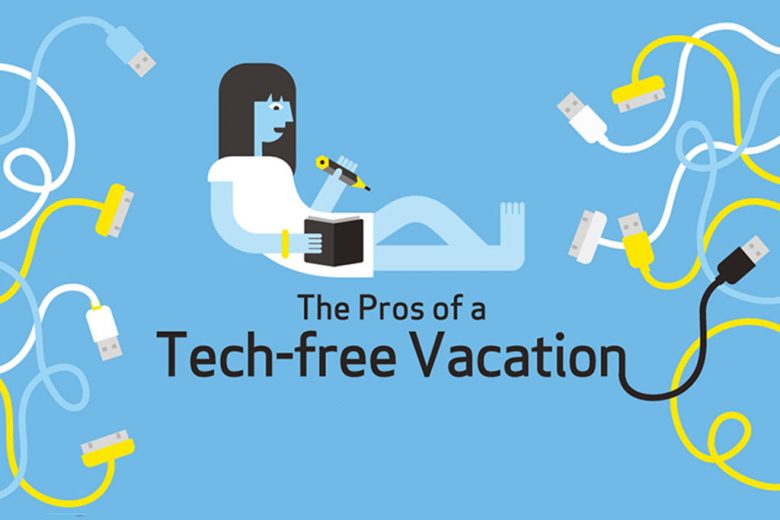Off the Grid is a barbeque truck with a Caribbean spin. The food selection includes traditional American BBQ dishes with a tropical spin such as ribs, poultry and pork stomach. They likewise have a substantial choice of cocktails and beer.
Qualified efficiency specialist and College of St. Thomas professor Cindra Kamphoff, PhD, joins sports instructor Johnny Tauer for the Finding Ahead occasion concentrated on resilience and mental health and wellness.
1. Integrity
With a focus on renewable energy resources and hybrid power systems, off-grid structures and communities can be mostly self-dependent and lower reliance on public utilities. They are likewise a wonderful alternative for remote locations and disaster feedback. Off-grid living is commonly a sustainable way of living and can be an affordable choice for low- and moderate-income (LMI) families.
Throughout an interview today at Government House, the Office of Catastrophe Healing (ODR) supervisor introduced that the Virgin Islands Water and Power Authority has actually received approval from FEMA to replace two generators on St. Croix and 2 on St. Thomas. The substitute project will include four nine-megawatt Wartsila engines and a battery backup system.
The new microgrid will be a centerpiece of the recently developed annex for Owens Scientific research Hall and will certainly include huge roll-in bays for electrical lorries to plug into and be evaluated. The facility will offer expanded real-world possibilities for St. Thomas students, from undergraduates to graduate engineers, to develop the technology that will power a carbon-free grid for the 21st century.
2. Cost
The US Virgin Islands are no stranger to savage hurricanes and a poorly-managed electric grid. But even when the clouds clear, high domestic electrical power rates make energy efficiency upgrades and renewable energy financial investments not practical. The islands' reduced- to moderate-income families (LMI) pay electrical rates more than three times more than the nationwide average. Eco-friendly architect Doug White is activating his multidisciplinary knowledge and networks to assist ease the concern and increase island durability.
Resolving his Rotary club, the St Thomas East Eco, White led a coalition that makes solar cost effective for LMI households. Under the Share the Sun program, relative pay only 15% of the expense. The rest is paid by grants and contributions.
The College of St Thomas has one of the only student-focused microgrid research centers in the country. Pupils work alongside teachers on innovative jobs, gaining hands-on experience and training to form the future of power when faced with climate adjustment.
3. Eco-friendliness
Commonly, off-grid structures and neighborhoods use a combination of renewable resource resources to produce their own power. These consist of wind, solar image voltaic, biofuels, batteries and pumped hydro storage. Grid-connected buildings, by comparison, count on coal and gas to produce electricity.
The College of St. Thomas has one of the country's premier applied research centers in microgrid research, where undergraduate and college students assist develop modern technology and shape a brand-new generation of clean energy. The college likewise offers undergrads opportunities to discover their own sustainability-focused study inquiries with our Sustainability Scholar Research gives.
Homeowners of the island have actually experienced several difficulties from an improperly handled electrical grid, including several days of blackouts monthly. To relieve these challenges, ESRAG participant Doug White released the Solarize St. Thomas "Share the Sunlight" campaign to make solar power budget friendly for reduced- and moderate-income (LMI) houses. He additionally safeguarded Rotary ecological international give funding to bring solar fridges to LMI family members in Savan.
4. Protection
Since the terrorist assaults of September 11, 2001, protection areas have been meltemi winds developed around cruise liner entering, departing, and anchored in the Port of Charlotte Amalie. These zones assist make certain that cruise ships are safe from hazards, and to secure the people and building in the surrounding communities.
The return on the financial investment at CMR might take years, yet the college's trainees will be its largest benefactors. They'll run tests in a new high-voltage test bay, welcome electrical cars into big roll-in screening bays, and graduate as engineers the sector wants to work with.
St. Thomas's advancement is attracting significant government assistance. More than $40 million-- consisting of direct congressional appropriations and financial investments by the state of Minnesota and Xcel Power -has been bought research, training courses, equipment and first-rate centers. This consists of the brand-new 6,000-square-foot annex to Owens Science Hall, which will give the college the capacity to independently power southern campus. In addition, building and construction will start quickly on a second purpose-built area to increase the CMR's growing group and its capacities.
